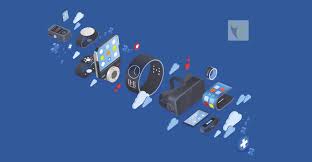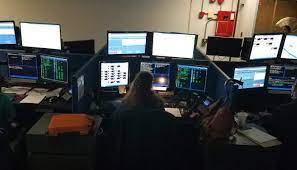Nuance Audio is a new option for people who resist traditional aids, from the company that makes Ray-Bans and operates LensCrafters.
Seekers of Meaning Podcast Posted Online March 7, 2025
What's Next Longevity Deal Talk Episode 32, January, 2025
Presentation: What's Next Longevity Venture Summit, June, 2025

 Another long-time PERS player sees a watch, makes a watch. Rant on. Last January 2021,
Another long-time PERS player sees a watch, makes a watch. Rant on. Last January 2021,  March 2022 – in-person annual trade shows are back. For so many who have been Zooming, Teaming, and WebEx’ing, lo, these many months, it’s actually comforting to know that the big exhibit shows are back. This will be exciting for firms hoping to actually meet prospects in person, including events like
March 2022 – in-person annual trade shows are back. For so many who have been Zooming, Teaming, and WebEx’ing, lo, these many months, it’s actually comforting to know that the big exhibit shows are back. This will be exciting for firms hoping to actually meet prospects in person, including events like  Perhaps you have seen the scary Apple Watch ad about 911 calls. If not, here it is, short but
Perhaps you have seen the scary Apple Watch ad about 911 calls. If not, here it is, short but  So much happened in 2021 that should benefit older adults.
So much happened in 2021 that should benefit older adults.  For tech and older adults, the year 2021 was pivotal. It was the year of age-tech gaining AARP visibility as
For tech and older adults, the year 2021 was pivotal. It was the year of age-tech gaining AARP visibility as Tech for an aging population – niche or not. November is done. But recent announcements about
Tech for an aging population – niche or not. November is done. But recent announcements about